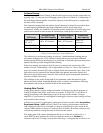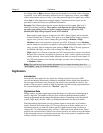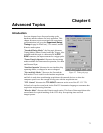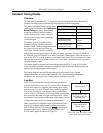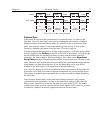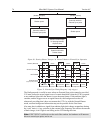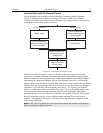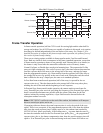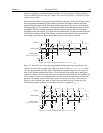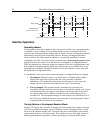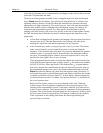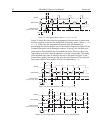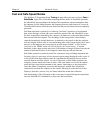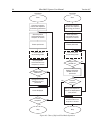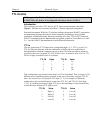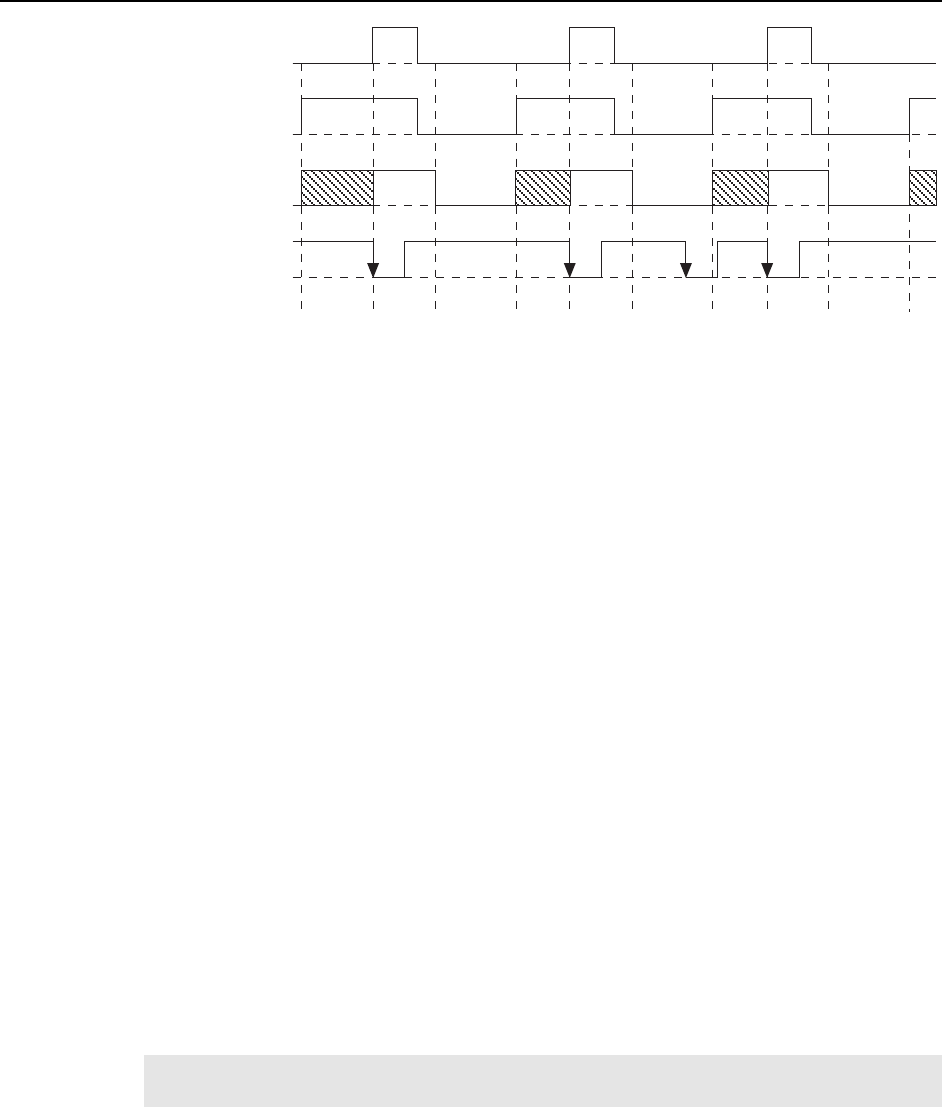
78 MicroMAX System User Manual Version 6.C
Shutter (Normal)
Open Close Open Close Open Close
Read
Read Read
Shutter (Preopen)
Open Close Open Close Open Close
External Sync
NOT SCAN
Figure 33. Continuous Cleans Timing Diagram
Frame Transfer Operation
In frame transfer operation, half the CCD is used for sensing light and the other half for
storage and readout. Not all CCD arrays are capable of readout in this mode, as it requires
that charge be shifted independently in the two halves of the array. See Chapter 5 for a
detailed discussion of readout in the frame-transfer mode operation; the primary focus of
this section is frame-transfer timing.
There are two timing options available in frame transfer mode, Free Run and External
Sy
nc. Both are similar to their counterparts in full frame (standard) operation, except that
in frame transfer operation a shutter is not generally used. Because there is no shutter (or
the shutter is only closed after the camera has collected a series of frames), shutter
Normal, PreOpen, or Disable have no physical meaning here. The exposure half of the
array sees light continuously. The actual exposure time is the time between data transfers
from the exposure half of the array to the storage half of the array, and may be longer
than the programmed exposure, t
exp
. Data transfer from the exposure half of the array to
the storage half occurs very quickly at the start of each read. During the read, the stored
data is shifted to the array’s output port, the same as in standard operation.
In Free Run frame-transfer mode operation, half of the array
is exposed for the set
exposure time (t
exp
). Then the data transfer to the storage half of the array takes place,
marking the start of the read and the beginning of a new exposure.
In External Sync frame-transfer mode operation, the cam
era reads out one frame for
every External Sync pulse received, providing the frequency of the External Sync pulse
doesn’t exceed the maximum rate possible with the system. Other than for the first
readout, initiated by starting acquisition, a Sync Pulse must be detected before the
subsequent readout can occur.
Note: If EXT SYNC is still active at the end of the readout, the hardware will interpret
this as a second sync pulse, and so on.
If operating without a shutter, the actual exposure tim
e is set by the period of the sync
signal. There is one exception, if the programmed exposure time is less than the readout
time, then the actual exposure time is simply equal to t
R
, the readout time (marked by
NOT SCAN low). More specifically, if the readout time, t
R
, is greater than the sum of t
w1
,
the time the controller waits for the first External Sync pulse, plus t
exp
, the programmed
exposure time, plus t
c
,
the shutter compensation time, then the actual exposure time will
equal t
R
. If an External Sync pulse is detected during each read, frames will follow one



